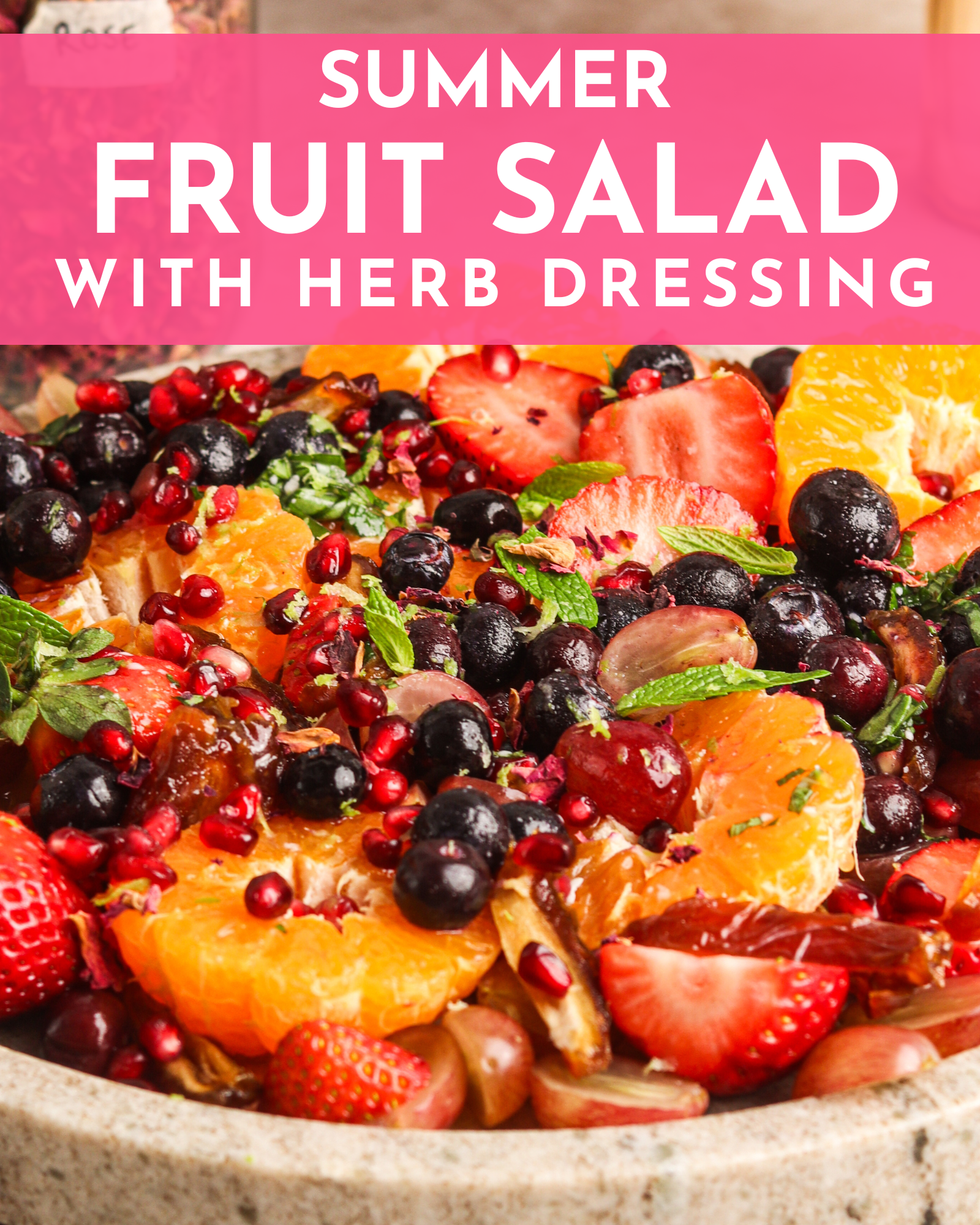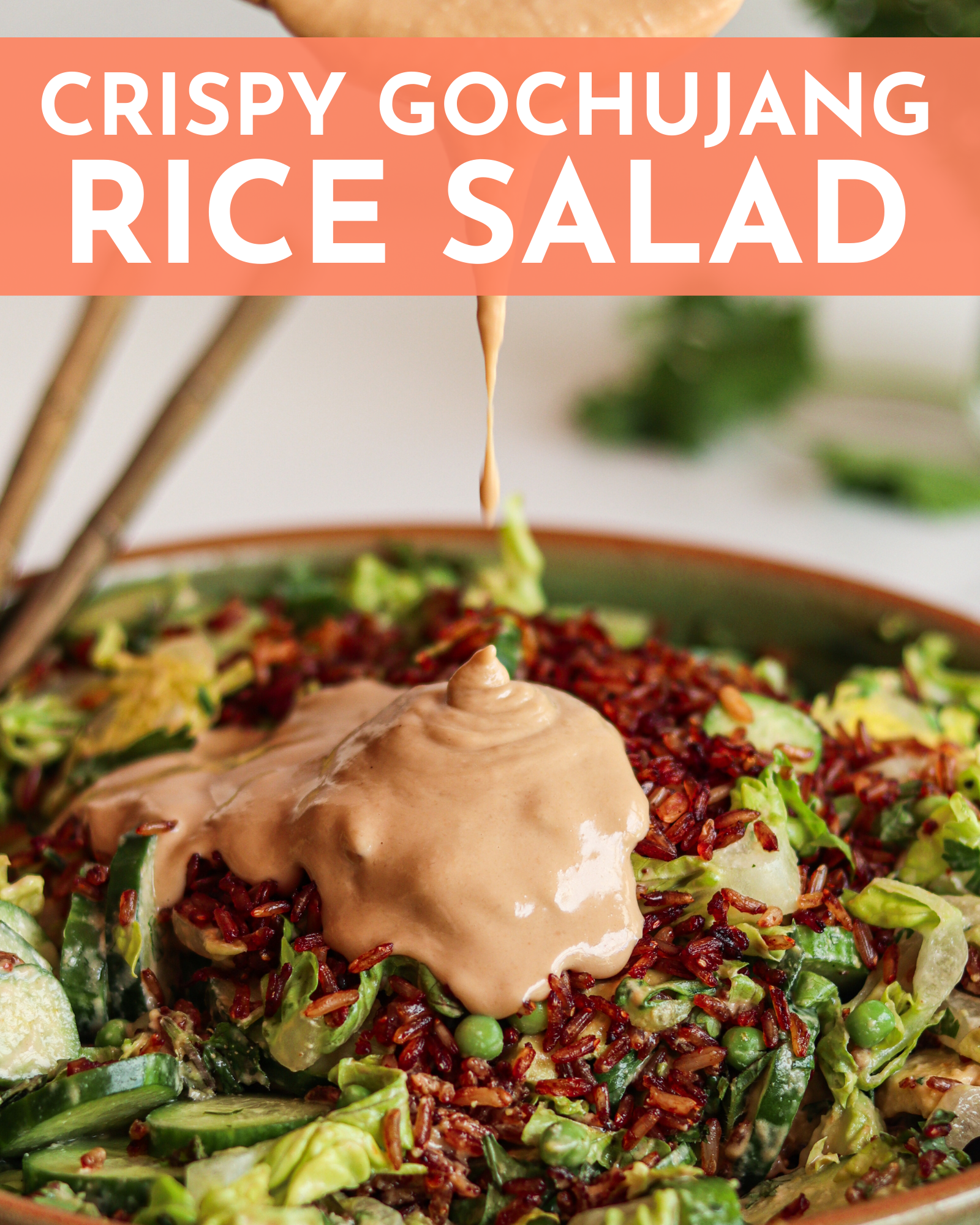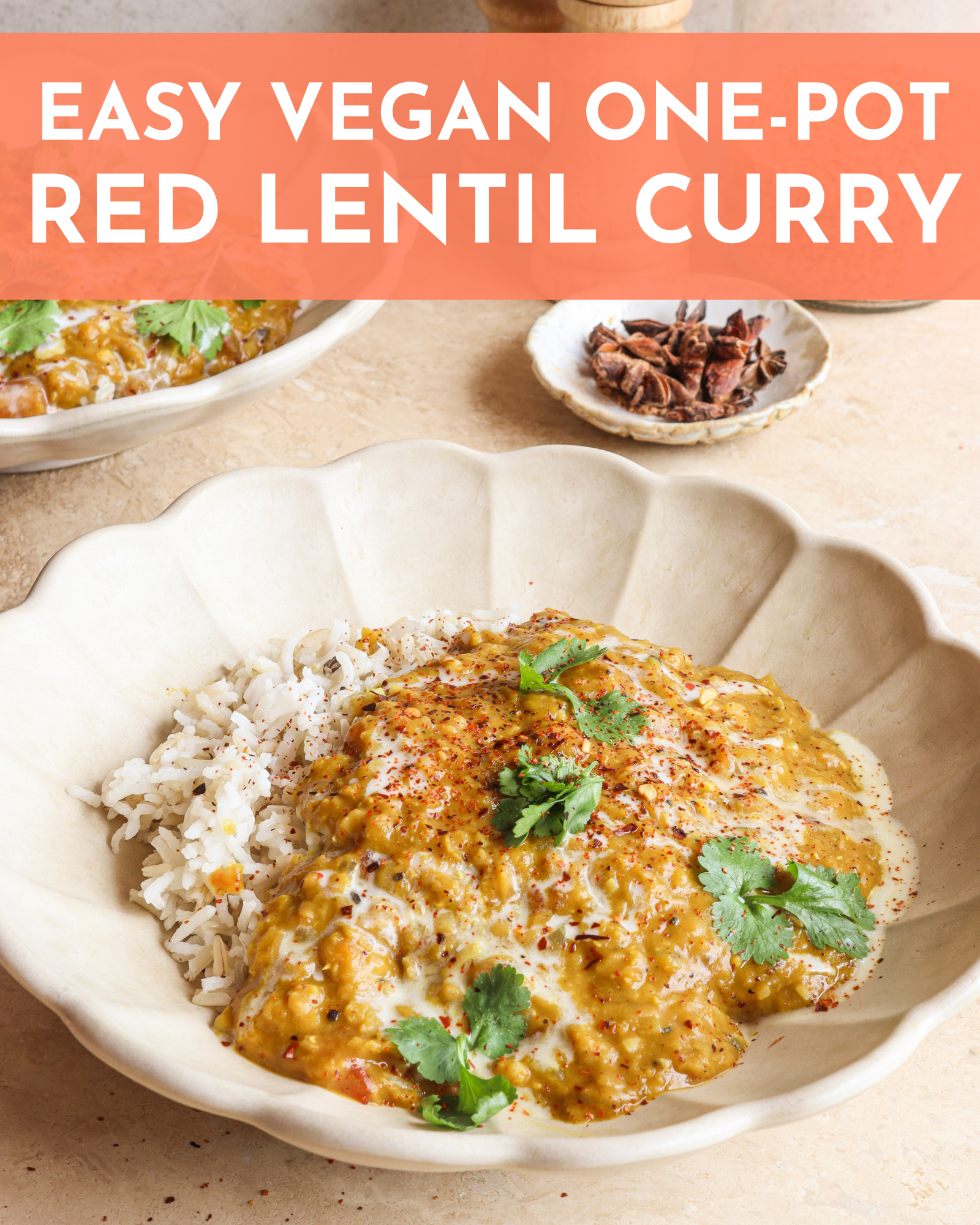If you have only 15 minutes to throw together a dish, I got you. As a former food snob, I use to poo-poo at store-bought sauces, preferring to make everything from scratch. That is, until I had children. Time became a luxury, and my cooking habits changed. These days, I focus on fresh ingredients and proper cooking techniques. I became a master of using store-bought sauces to cut my cooking time, as well as my grocery bill.
Now, before we embark on this culinary adventure, let’s spill some kitchen secrets. I’m going to teach you:
- Why you shouldn’t “stir-fry” chicken, and why you should just “leave it alone” instead.
- Why you shouldn’t add garlic and ginger at the beginning of the stir-fry.
- Why adding broccoli, or other tougher vegetables require an extra step.
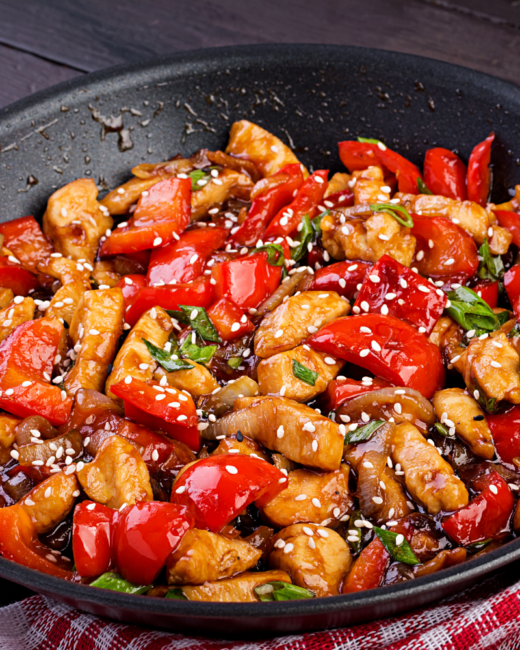
The Magic Behind The Method: Why This Stir-Fry Shines
- Perfectly Seared Chicken: Leaving the chicken to sear without the constant stir allows it to develop a wonderful golden crust. This not only locks in the flavor but also gives the chicken that irresistible restaurant-quality finish.
- Layering Flavors: Introducing garlic and ginger midway ensures they infuse the dish without burning. This keeps their flavors prominent and aromatic, elevating the overall taste of the stir-fry.
- Harmony of Textures: By being mindful of when and how we add in our veggies, especially the tougher ones, we ensure a delightful mix of textures. Every bite offers the tenderness of the chicken, paired with the crisp-tender crunch of perfectly stir-fried vegetables.
Let’s Talk About Some Stir-Fry Basics
Do I need a wok?
Having a wok certainly makes things a lot easier, and once you have a wok, don’t think that you’re just limited to stir-frying. I use my wok for nearly everything: steaming, boiling, braising, simmering. 80% of my cooking is done in a wok. If you don’t have a wok, grab a 12” saute pan, which is basically a frying pan with high sides. The high sides ensure that your ingredients won’t fly out when you stir-fry.
What’s up with not stir-frying chicken?
Many of the stir-fry recipes originate from restaurant kitchens, or kitchens in Asia, that feature high-powered gas or propane stoves perfect for wok-cooking. For home kitchens here, even the gas-stoves are pretty weak. If you have an electric stovetop, even worse. The cooking techniques are not the same, and your pan won’t get as hot.
Delicious, juicy, perfectly cooked chicken means cooking at a high enough heat to brown the chicken. But if you keep moving the chicken around, tossing, flipping, stirring… the chicken will have a difficult time browning. Instead, add in the chicken pieces, spread them in a single layer on the cooking surface, and leave them alone. Give your chicken the time and space to develop that flavorful browning, then flip and brown the other side.
Why not cook your ginger and garlic first?
Many recipes have you cook your aromatics first, such as minced ginger and garlic. This technique is fine for restaurant chefs with high-powered woks and fast hands, but for home cooks with standard stovetops, you’ll just end up with burnt, bitter aromatics.
Give this a try: Heat up your wok or saute pan over high heat. When hot, swirl in cooking oil and then add in your minced ginger and garlic. Stir fry until fragrant, but not burnt. How many seconds passed? Probably less than 15 seconds. Any longer than that, you’ll see the aromatics burn and get crispy and bitter. That’s why I add the ginger and garlic into the wok AFTER browning the chicken.

Why not cook ginger and garlic on lower heat?
You could, but remember the chicken? That’s right! It needs to cook at high heat, so that it can brown. If you cook the aromatics on lower heat until done, and then crank up the heat to cook the chicken, you’ll still end up with burnt, bitter flavors. Add in the ginger and garlic AFTER browning the chicken.
Can I add broccoli to this stir-fry?
Absolutely! However, it will require an extra step. Adding thick, hearty vegetables like carrots, broccoli, cauliflower, and even green beans that require longer cooking times will throw off the timing of your stir-fry.
Instead, par-boil the thick vegetables first. Basically, that means: fill your wok or pan with water, and bring to a boil. Add in your broccoli florets and cook for 2 minutes until bright green but still very crunchy and not quite done yet. Drain, and set aside. Now your broccoli is half-way cooked, and will finish cooking in the same time as the other thinner vegetables.
The Teriyaki Twist: Reverse Meal Plan in Action
Oh, I’ve been there – staring into my fridge, scanning leftovers, and wondering how to rejuvenate them into a dish that screams fresh and delicious. Enter the Reverse Meal Plan magic. This Stir-Fry Teriyaki Chicken is not just a gem on its own but a maestro at transforming leftovers and whatever’s handy in the fridge:
- Have some leftover rice or noodles? Brilliant. Use this stir-fry as a top layer, and you’ve got yourself a vibrant meal in minutes.
- Found a random assortment of veggies? Zucchini, mushrooms, baby corn? Toss them in! The teriyaki magic embraces all with its savory-sweet hug. Just remember to adjust the stir-fry time depending on the veggie’s toughness.
- Stumbled upon yesterday’s grilled chicken or beef slices? Here’s where it gets fun. Thinly slice them, throw them into this stir-fry, and watch as they soak up that rich teriyaki goodness, tasting even better than they did the day before.
Remember, the essence of Reverse Meal Planning is creativity. It’s the joy of discovery, the thrill of crafting something new from what’s already there.
Teriyaki Tidbits: Your Stir-Fry Questions Answered
- Can I use a different protein for this recipe? Absolutely! While chicken is our star here, feel free to swap it out for beef strips, tofu, or even shrimp. Just adjust the cooking times accordingly.
- I’m out of snap peas! Can I substitute with another vegetable? Definitely. Think of this recipe as a delightful dance with flexibility. Broccoli, green beans, or snow peas would be wonderful stand-ins. Just remember, some veggies might require a slightly longer cook time.
- What’s the secret behind the perfect teriyaki sauce? Balance, my friend. The perfect interplay of sweet, salty, and umami makes teriyaki so irresistible. If you’re adventurous, you can even make your own at home with soy sauce, mirin, sake, and a touch of sugar.
- My sauce isn’t thickening as expected. What can I do? A quick fix is to make a slurry. Mix a teaspoon of cornstarch with two teaspoons of cold water, stir well, and add it to your stir-fry. Give it a minute, and it’ll work its thickening magic!
- Can I make this dish ahead and reheat later? Yes, but with a little caution. If making ahead, slightly under-cook your veggies so when you reheat, they retain their crispness. Store in an airtight container and enjoy within 2-3 days for the best flavors.
More Tantalizing Teriyaki Twists from Steamy Kitchen
- Shrimp Teriyaki Stir-Fry Recipe
- Pineapple Chicken Teriyaki Buddha Bowl Recipe
- Salmon Teriyaki Recipe with Video
- Teriyaki Mushroom Sauce with Grilled Salmon
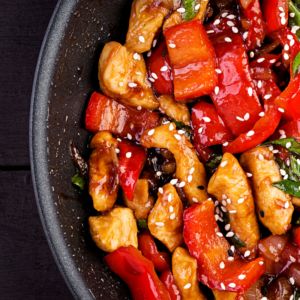
Stir-Fry Teriyaki Chicken Recipe
Ingredients
For Stir-Fry Teriyaki Chicken
- 1 pound 450g chicken breasts boneless, skinless sliced into thin strips
- 2 tablespoons soy sauce
- 2 tablespoons store-bought teriyaki sauce
- 1 tablespoon honey
- 1 tablespoon rice vinegar
- 1 teaspoon cornstarch
- 1 tablespoon cooking oil
- 2 cloves garlic minced
- 1- inch piece of ginger grated
- 1 cup broccoli florets
- 1 bell pepper thinly sliced
- 1 carrot thinly sliced
- 1/2 cup snap peas
- 2 green onions sliced
- Sesame seeds for garnish
Instructions
- In a small bowl, whisk together the soy sauce, teriyaki sauce, honey, rice vinegar, and cornstarch until well combined. Set aside.
- Heat the vegetable oil in a large skillet or wok over medium-high heat. Add the minced garlic and grated ginger and cook for 1-2 minutes until fragrant.
- Add the chicken strips to the skillet and stir-fry for 5-6 minutes until cooked through and browned.
- Add the broccoli florets, bell pepper, carrot, and snap peas to the skillet. Stir-fry for an additional 3-4 minutes until the vegetables are crisp-tender.
- Pour the prepared teriyaki sauce over the chicken and vegetables. Stir well to coat everything evenly. Cook for another 1-2 minutes until the sauce thickens.
- Remove the skillet from heat and garnish with sliced green onions and sesame seeds.
- Serve the stir fry teriyaki chicken over steamed rice or noodles.
Notes
Nutrition


